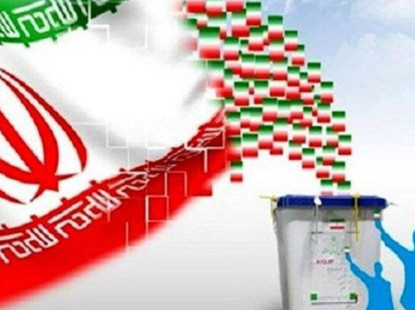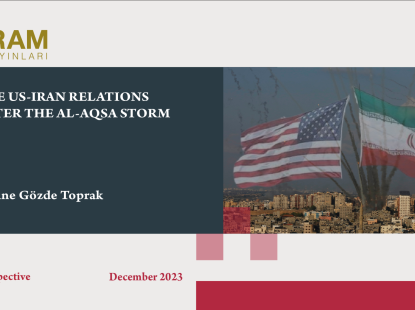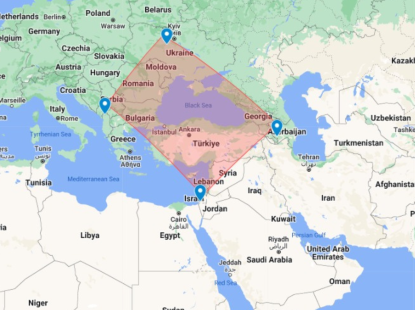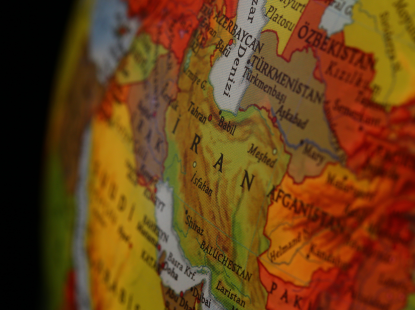The Hirmand River, the life source of the Sistan basin, serves as the lifeline for both Afghanistan (especially the Pashtuns) and the residents of Sistan and Baluchestan.
Background of Iran's Sensitivity Regarding the Hirmand River
Introduction
The long-standing dispute between Iran and Afghanistan concerning the use of the Hirmand (Helmand) River, a problem that has persisted for over a century and a half, has reemerged on the political scene as the countries grapple with escalating temperatures and recurring droughts. Iran's Foreign Minister, Hossein Amir-Abdollahian, announced on May 18 on Twitter that he had urged Afghanistan's acting Foreign Minister, Amir Khan Muttaqi, to fulfill the terms of the Hirmand Agreement. He asked for a technical group to assess and record the river's recent water levels, although this request has yet to be fulfilled. Ten days later, during his visit to the Sistan and Baluchestan provinces, President Ebrahim Raisi expressed that he had warned the Taliban, insisting on the necessary permissions for Iranian experts to conduct a thorough investigation. He further stated that if these experts find a water shortage, there would be no further debate. However, any violation of the people's rights under these circumstances would not be tolerated. When asked about potential actions if the Taliban administration disregards this warning, Raisi assured that the government is committed to safeguarding the rights of its citizens, regardless of their location. It is worth noting that the conflict between Iran and Afghanistan over the Hirmand River started in the 1870s during British control of Afghanistan. Presently, Iran seeks compliance with the 1973 Hirmand River Agreement, but the Taliban claims a shortage in water supply. Although the Iranian Space Agency has released some images, the Taliban has not yet responded positively to Iran's demands and, moreover, carried out an attack on the border on May 27, 2023.
At first glance, the situation may appear to be a matter of sharing the water of Hirmand, but the ongoing issue between Iran and the Taliban, especially over Sistan and Baluchestan, is actually multi-layered and involves many different stakeholders. Therefore, this article will try to present this layered situation in a very concise manner.
Importance of the Hirmand River for Afghanistan
The Hirmand or Hirmand River system (some sources refer to it as the Hilmand-Arghandab River System) flows through a vast region of Afghanistan, covering about 43% of the country's total area, stretching from Bamyan province in central Afghanistan southwestward to the Iranian border. Two large dams on the system (the Kajaki and Dahla dams), which are today at the center of Iran's objections, were built in the 1950s. The main tributary of the Hirmand River forms the Iranian border, where it empties into the Hamoun wetlands and lakes, the lifeblood of Sistan and Baluchestan.
As illustrated in Map 1, this river system supplies water to half of Afghanistan, playing an indispensable role in powering hydroelectric operations and supporting agricultural pursuits. Moreover, the areas through which this river flows are predominantly inhabited by the Pashtun community, which forms the majority of Afghanistan's population and the core of the Taliban. Consequently, the significance of this river extends beyond national borders, proving to be equally crucial for the Pashtuns as it is for Afghanistan.
Map 1: Hirmand-Arghandab River System

Source: University of Nebraska, n.d.
On the Iranian side, the region's economy is primarily agriculture-driven, making the river's water equally, if not more, vital than it is in Afghanistan. However, the water flow is inconsistent and experiences significant variations over time, threatening the survival of communities in the region. Since the early 2000s, the region has been grappling with an intense drought, leading to dire challenges for the local population. Sistan and Baluchestan, among the most impoverished provinces in Iran, has been particularly hit hard by this drought, with severe implications for its inhabitants. It is a situation that Iran unequivocally wishes to avoid.
The Importance of Sistan and Baluchestan for Iran
Sistan and Baluchestan is a province of vital importance for Iran and its vision for the future, and its achievement is contingent upon the region's stability. It is a key location for a number of projects with Pakistan and especially India. The Chabahar Port, a crucial node for maritime transport and several Indian projects, is located in this province. Moreover, Zabol, situated on the Afghanistan border and directly impacted by the Hirmand River issue, holds strategic importance for land trade, energy transmission lines, and oil and gas pipelines. Therefore, maintaining the stability and security of Sistan and Baluchestan is vital for Iran. For years, water issues have been at the forefront of local concerns, intertwining the province's security with its water availability. The existing belief of discrimination against the Sunni population, the deaths related to and preceding the Mahsa Amini protests, and persistent terrorist attacks have made the region highly fragile.
Sistan and Baluchestan plays a crucial role in existing and planned commercial interactions with India. Similarly, the pipeline which India intends to utilize for access to Iran's energy resources runs through Iranshahr, located within Sistan and Baluchestan. Essentially, this region serves as a pivotal gateway for both the export of Indian products to Europe and the procurement of required energy from Iran. The significance of commercial operations and projects within this area is self-evident for Iran, especially considering its current economic downturn.
India is building roads and ports and funding various projects to facilitate access to these areas. For example, the 218-kilometer Zaranj-Delaram road, built by India in Afghanistan and opened in 2009 with a direct link to Sistan and Baluchestan, is one of them. This road will connect to the Chabahar Port via Milak and connect Iran and Afghanistan directly to India by land. On the other hand, this road is an important trade route between Afghanistan and Iran. An environment of instability and insecurity here would deal a heavy blow to one of Iran's commercial lifelines.
The Hirmand River Issue and the Security of Zabol City
To further refine the focus of this issue, it is essential to highlight the city of Zabol, which stands at the heart of the problems with Afghanistan. According to 2016 data, Zabol is a relatively small settlement, housing a population of 134,490 individuals. The aforementioned significance of regional security for Iran underlies the reason why this particular area has gained prominence, especially when most parts of Iran are grappling with a severe drought.
The significance of the Hirmand River to Zabol is so profound that the city named one of its main streets after it. Zabol is strategically vital, both commercially and militarily, serving as a key transit point for various routes. Any instability here would profoundly impact Iran's trade. Additionally, Zabol acts as a protective buffer zone against potential threats from Afghanistan. The issue of water supply, coupled with Baloch separatist movements, constitutes the most significant security challenge in the city.
Agriculture remains the primary source of livelihood in the region. Furthermore, an annual climatic event known as the "Bad-e Sad o Bist Rooz" (120-day wind) occurs, with wind speeds reaching up to 100 km in July, making the region nearly uninhabitable. Following the disappearance of the Hamoun wetland fed by the Hirmand River, the impact of these winds has worsened to such an extent that Zabol was ranked the most polluted city in the world by the World Health Organization in 2016.
Given these factors, the instability in Zabol - one of Iran's most strategically crucial areas - due to climate change and drought extends beyond being a societal issue; it is a matter of national security for Iran. This predicament not only stokes existing dissatisfaction among the local Baloch population but also engenders other security vulnerabilities by making the region less hospitable. Consequently, presidential visits are orchestrated to this region, messages are dispatched to Afghanistan, and almost every speech emphasizes "the rights of the Baloch people", not "the Iranian people".
Map 2: Zabol-Milak-Hamoun Triangle

Conclusion
For Iran, the southern route is as important for trade with India as the northern route is for trade with China and Central Asia. In this context, the cities of Iranshahr, Chabahar, and Zabol, all located in the Sistan and Baluchestan province, are of key geographical importance. Hence, it is entirely rational for Iran to assert its presence strongly and unambiguously in this province. Given the interruptions in its northern trade route due to the Karabakh issue and the tense atmosphere in the Gulf, Iran cannot afford any security breaches in this region. The water issue represents one of the primary concerns for the regional population. Therefore, it is a far more critical problem for Iran than it initially appears. Interpreting the rhetoric of Iranian policymakers as merely constructing an "external enemy”, consolidating domestic stability, or as a perception of threat against Balochi separatist movements, would overlook the crucial importance of Sistan and Baluchestan for Iran. In this regard, the Hirmand River, the life source of the Sistan basin, serves as the lifeline for both Afghanistan (especially the Pashtuns) and the residents of Sistan and Baluchestan. Its absence fosters a significant security void in the region, contributing substantially to the quick escalation of tensions.
- Tags:
- Afghanistan
- Iran
- Taliban.











